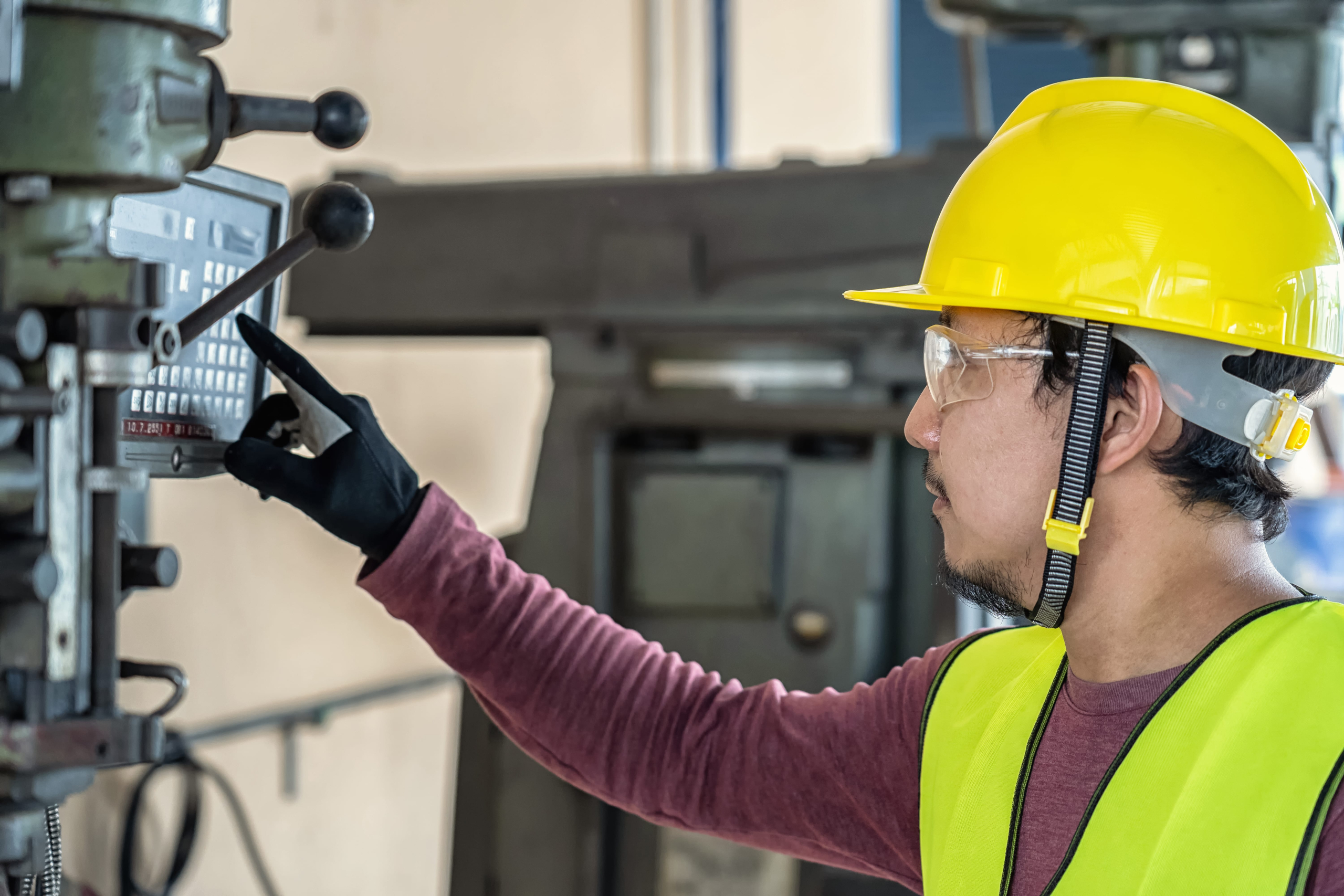Introduction
In the world of asset management, the synergy between routine inspections and preventative maintenance forms the bedrock of operational efficiency and longevity. This blog post delves into the essential role routine inspections play in the preventative maintenance landscape, outlining their significance, benefits, and best practices.
The Significance of Routine Inspections
1. Early Issue Detection
Routine inspections act as the first line of defense against potential malfunctions. By systematically examining equipment, professionals can identify issues in their infancy, preventing minor problems from snowballing into major failures.
2. Cost Savings
Proactive maintenance is often more cost-effective than reactive measures. Routine inspections allow for planned repairs and replacements, minimizing downtime and reducing the financial impact of unexpected breakdowns.
Key Components of Routine Inspections
1. Thorough Assessments
Effective routine inspections involve comprehensive assessments of equipment and facilities. This includes evaluating structural integrity, checking for wear and tear, and examining components critical to functionality.
2. Documentation and Analysis
Accurate record-keeping during routine inspections provides a valuable historical perspective. Analyzing trends and patterns in equipment performance helps in predicting potential issues and optimizing maintenance schedules.
The Symbiosis with Preventative Maintenance
1. Proactive Maintenance Schedules
Routine inspections inform the creation of preventative maintenance schedules. By understanding the condition of assets, maintenance teams can strategically plan interventions to address wear and prevent breakdowns.
2. Asset Longevity and Reliability
The marriage of routine inspections and preventative maintenance significantly extends the lifespan of equipment. Regular check-ups and timely interventions enhance reliability, reducing the likelihood of unexpected failures.
Best Practices for Implementing Routine Inspections
1. Regular Frequency
Establishing a consistent inspection schedule is paramount. The frequency of inspections depends on the type of equipment and operational demands. Striking the right balance ensures comprehensive coverage without unnecessary disruptions.
2. Trained Inspection Teams
Having a skilled and knowledgeable inspection team is essential. Properly trained personnel can identify subtle signs of wear or potential issues that may go unnoticed by untrained eyes.
Conclusion
In conclusion, routine inspections are the unsung heroes of preventative maintenance. Their proactive nature not only safeguards against unplanned downtime and costly repairs but also contributes to the overall efficiency and reliability of assets. By integrating routine inspections into your maintenance strategy, you lay the groundwork for a robust and resilient operational environment.
By investing time and resources in routine inspections, organizations can fortify their maintenance practices, ensuring equipment longevity and operational continuity. As the saying goes, “An ounce of prevention is worth a pound of cure,” and in the realm of maintenance, routine inspections are the ounce that pays dividends in the long run.




